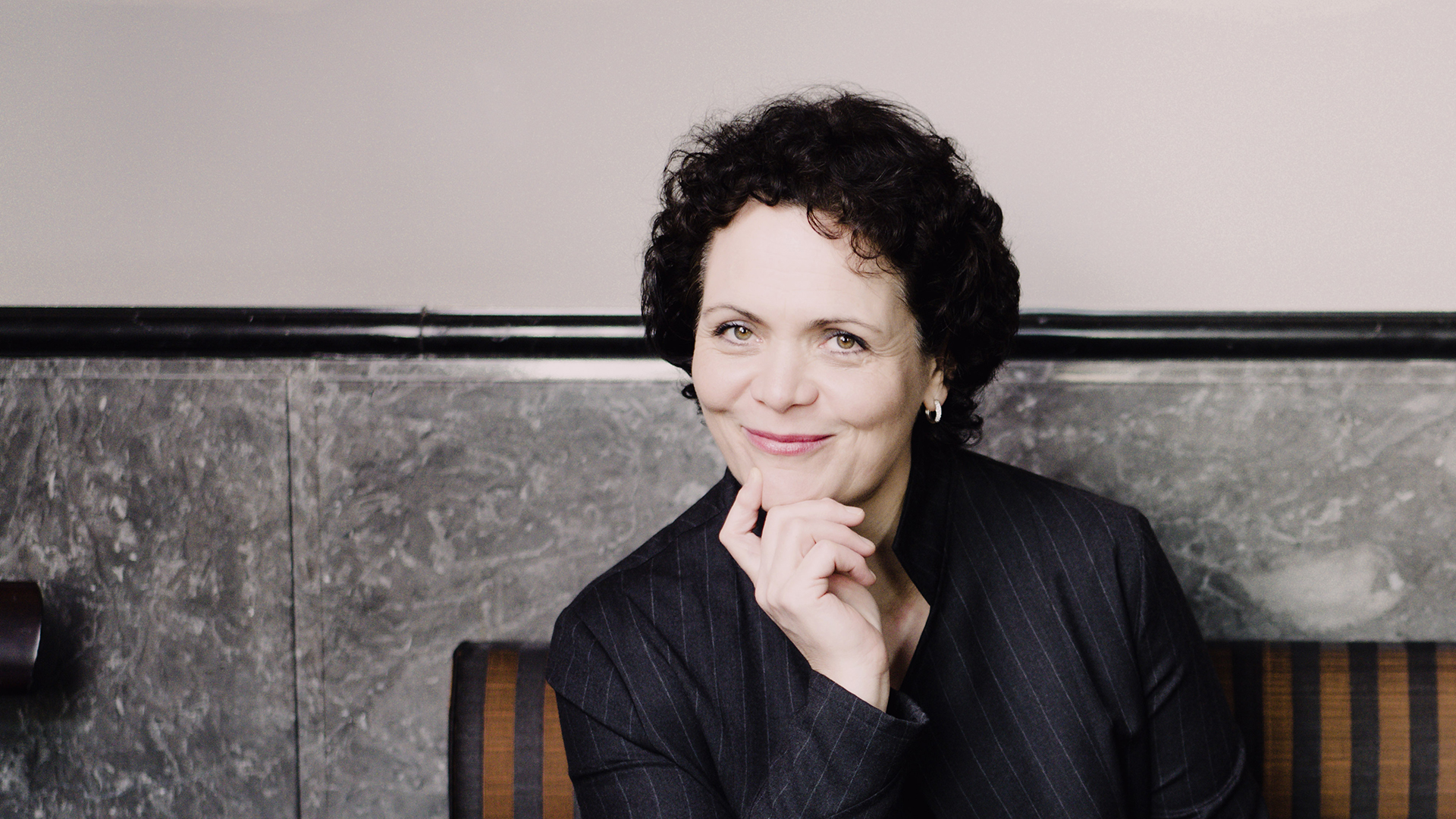The programme, created by Tabea Zimmermann, starts off with her viola surrounded by its own tribe in Benjamin Dale’s lovely sextet for six violas from 1911.
Johannes Brahms brewed his first symphony carefully and did not begin his symphonic career until he was over 40 years old. The composer’s two serenades give an imaginative taste of what kind of symphonies Brahms might have composed in his twenties. His Serenade No. 2 brings out the orchestra’s low string instruments, woodwinds and horns.
*****
We regret to tell you that Helsinki Philharmonic Orchestra concerts have been cancelled due to a ban on all public events in the Helsinki region, until February 15th 2022. The ticket you have purchased will be reimbursed, information on how to proceed here and 03 053 0003 (mon-fri at 9-14 / 0,08c+local network charge).
If you have purchased your ticket using a credit card, PayPal or Klarna you do not have to do anything. The ticket price is returned automatically to the same payment method used at the time of the purchase.
If your ticket was purchased using internet banking, Ticketmaster Finland invoice, Ticketmaster gift card or purchased through a ticket office, we kindly ask you to fill in the form below for a return, by February 28th 2022. The form must include an account number for a return.
The ticket price is returned without the service-, handling- and/or shipment fee that was applied at the time of purchased. For a return, please fill in the Ticketmaster form carefully.
Form: https://1u.fi/O3nMj
Tabea Zimmermann
Tabea Zimmermann says she was practically born into chamber music, having played the viola in a trio with her siblings from the age of three. She was only four when she performed movements from Die Kunst der Fuge with her first quartet. “A career should never,” she nevertheless says, “develop faster than one’s inner growth. Aspects like sound and tonal volume need their time to be developed. This isn’t just a question of the hands and musculature or of techniques. The imagination must develop as well.”
HPO audiences heard Tabea Zimmermann in 2018, in Hindemith’s Der Schwanendreher concerto. Dedicated to contemporary music, she has had many works composed specially for her. She often appears with some of the world’s finest orchestras under legendary conductors, and for the past 20 years has passed on her art as a professor at the Hanns Eisler Academy in Berlin. She plays a modern viola made in 1980 by Étienne Vatelot received as a result of winning Maurice Vieux Competition in Paris in 1983.
Benjamin Dale: Introduction and Andante for six violas
Tabea Zimmermann, Torsten Tiebout, Lotta Poijärvi, Carmen Moggach, Hajnalka Standi-Pulakka & Olga Reskalenko
“A work of remarkable beauty, power and originality… the six instruments have highly independent parts, they imitate the sounds of other instruments, they do things that one would have thought impossible for any viola player…” wrote Frederick Corder in The Musical Times of the Introduction and Allegro by his former British pupil Benjamin Dale (1885–1943). Though well known in his day, Dale was quietly forgotten after his death and has only recently been ‘rediscovered’. He wrote the Introduction and Andante for six violas as a commission from violist Lionel Tertis in 1911. Tertis taught the viola and wanted something he could perform with his pupils. The premiere was a great success and the piece soon became a classic. Glowingly romantic, it has something akin to, say, Schönberg’s Verklärte Nacht sextet or the early operas of Richard Strauss.
Claude Debussy: Sonata for Flute, Viola and Harp
Niamh McKenna, Tabea Zimmermann & Anni Kuusimäki
In 1914, Claude Debussy (1862–1918) began planning a set of six chamber sonatas. Five would each be for different instruments, and the sixth for them all together. He nevertheless died before he could compose them all. He did, however, complete one for flute, viola and harp, and it is considered by many to be the best of the bunch. The emphasis is on atmospheres, timbres and little gestures. But depressed by his declining health, he wrote to his friend Robert Godet: “It doesn’t sound too bad, though it is not for me to speak of the music…it is the music of a Debussy I no longer know. It is frightfully mournful and I don’t know whether one should laugh or cry – perhaps both.” The sonata is in the classical three movements but in other respects anything but classical. The opening Pastorale makes no effort to develop its five subjects, just repeating them in different instrumental combinations. The middle Interlude is a minuet of alternating joy and sorrow, and the Finale brings the sonata to a bright and sunny conclusion.
Johannes Brahms: Serenade No. 2 in A, Op. 16
It was Robert Schumann who first persuaded Johannes Brahms (1833–1897) to write some orchestral music. But daunted by the idea of following in the footsteps of a giant – Beethoven – Brahms was terrified he would fail and would spend nearly 15 years working on his first symphony. Instead he began with two less demanding pieces, two serenades that look back more to the lighter Mozart and Haydn than to Beethoven. The first serenade is perhaps somewhat impersonal, but the second, in A major (1859) is true Brahms and he conducted its premiere in Hamburg in 1860. Two months later he began to revise it, and not until 1875 was he satisfied with it. Dedicated to Clara Schumann, it is in five movements. The orchestra has no violins, brass or percussion, and the overall tone is somewhat sombre. The music is nevertheless charming and easily accessible, just as a serenade should be.

